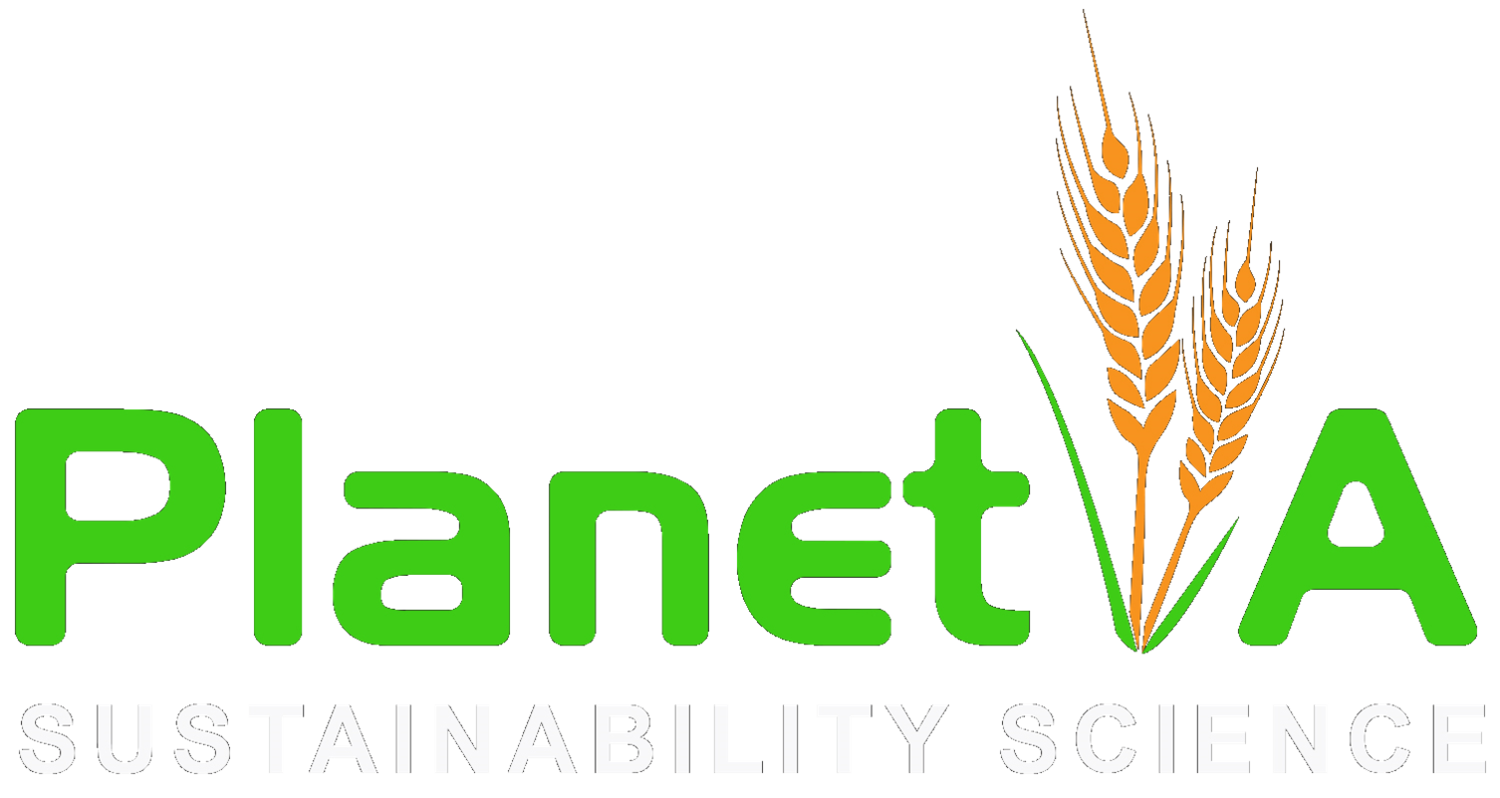Workshop summary by Dr Carla Archibald
Planet-A team members Prof Brett A Bryan, Dr Michalis Hadjikakou, Dr Fjalar de Haan, Dr Carla Archibald and PhD Abdullah Shaikh were involved with presentations and discussions with other BAU workshop attendees from such organisations as Climate Works Australia and CSIRO.
On Friday the 28th of August the Land Use Futures team achieved a major project milestone which resulted in new model innovations and the development of a business-as-usual scenario which was presented during a workshop held by ClimateWorks.
The development of this business-as-usual scenario involved two steps. Firstly, we needed to advance the capabilities of the Land-Use Trade-Offs (LUTO) model to help paint a detailed picture of what the future may look like. And second, we needed to identify the agricultural, economic, climate and environmental trends which could inform the business-as-usual setting.
Dr Fjalar de Hann led the modelling enhancement phase of this milestone. The team needed to advance the capabilities of the LUTO model to help paint a detailed picture of what the future may look like. The team added an ability to the LUTO model to assess the impacts of land use change on nutrient and pesticide use. We also included the effects of intensification on GHG emissions. On a more technical note, we made the alternative land uses available switchable. For example, model users can now decide to not allow a land use change to occur to certain alternatives such as biofuels.
Dr Michallis Hadjikakou led the trend and data discovery phase of this milestone to inform the business-as-usual scenario. To do so, we asked ourselves ‘what if’ recent trends continue. The team needed to identify the agricultural, economic, climate and environmental trends which could inform the business-as-usual setting. Some key trends, for example, that we expect from historical trends include ongoing agricultural productivity growth, increased climate impacts (RCP 4.5), increased nutrient and pesticide use and increased emissions intensity.
Prof. Brett Bryan brought all of this hard work together during a presentation facilitated by ClimateWorks to some of Australia's leading experts in agriculture, climate change and the environment. In the business-as-usual scenario presented, agricultural production continues to grow, however, growth in production would not keep pace with demand. Revenue to agriculture also continues to grow, and there seems to be little change in emissions. Carbon forestry would slowly grow and this scenario sees only incremental improvements to biodiversity protection or in some cases worsening impacts. These results highlight that continuing along a business-as-usual may not be a sustainable future for people or for nature. The presentation of these results was followed by a discussion about how can we go further, what would a sustainable future look like?



